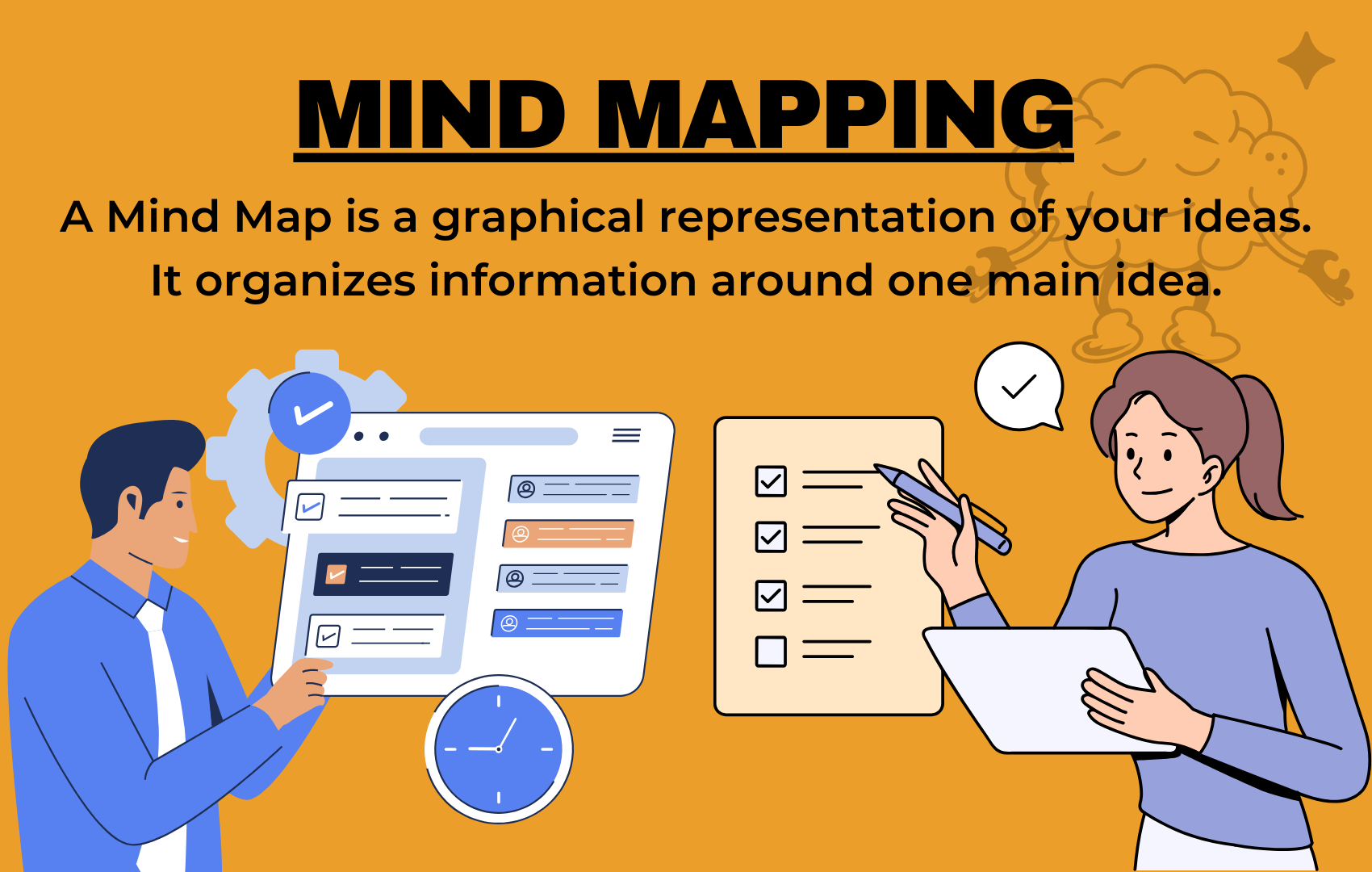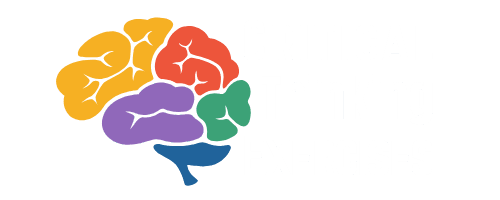Mind Mapping
Are you a mind map? Because every idea I have branches back to you. Just like every thought in that line connects back to one person, a mind map starts with one main idea in the center and spreads into many new ones. Whether you’re generating ideas for work, making study notes & planning your future. Mind mapping is one of the most effective ways to organize your thoughts. One of the greatest tools for structuring your ideas is this Critical Thinking Exercise.
In this guide, you’ll learn:
- What a mind map is
- How to make one
- Why it’s useful
- How you can use it in daily life
By the end, you’ll have simple steps to create your own mind mapping and use them to boost creativity & productivity.
Why Mind Mapping Works?
Mind mapping looks simple, but they give many benefits. Here’s why they work so well:
- They unblock creativity by letting ideas flow freely.
- They help memory because the brain remembers visuals better than plain text.
- They make big topics easier by breaking them into small parts.
- They reduce stress because random thoughts become more organized.
- They improve communication since visuals are easier to understand.
- They build critical thinking by showing hidden links & patterns.
Mind mapping help you save time, clear up confusion and generate fresh ideas whether you’re a professional, student, or business owner.

How to Make a Mind Map
To create a mind map, you don’t have to be an accomplished artist. Just grab a paper & pen, or use a digital tool. Follow these steps:
Keep growing
Add pictures, notes, or symbols. If you’re using a digital tool, you can move things around or share the map with others.
Tips for Better Mind Maps
Where to Use Mind Maps?
Mind maps are not only for coming up with ideas. They can help in many areas of life. For example:
- Idea generation for projects or campaigns
- Note taking in classes or meetings
- Studying by breaking down complex subjects
- Project planning with clear steps
- Decision Making by comparing options
- Event planning like weddings, trips, or parties
- Business strategy with goals and actions
- Learning languages with grouped vocabulary
- Budgeting and finance in a visual way
- Employee onboarding with simple workflows
Mind Mapping Tools: Paper vs. Digital
Both methods have value.
- Paper and pen: Good for quick personal idea sessions. You can sketch freely & doodle.
- Digital tools: Great for teamwork, editing and sharing.
Some popular digital options are:
- MindMeister – for collaboration with tasks
- Miro / Mural – for workshops and group sessions
- XMind / MindView – for professionals who need Office integration
- FreeMind – a free, open-source tool
👉 Use paper for quick solo work. Use digital tools if you want to share or grow your maps.
Conclusion
Mind mapping is more than just drawing lines around words. It’s a way of thinking that helps you be more creative, remember better, and organize complex ideas. Whether you’re preparing for exams, working on a business plan, or simply making future goals, mind maps can guide you.
